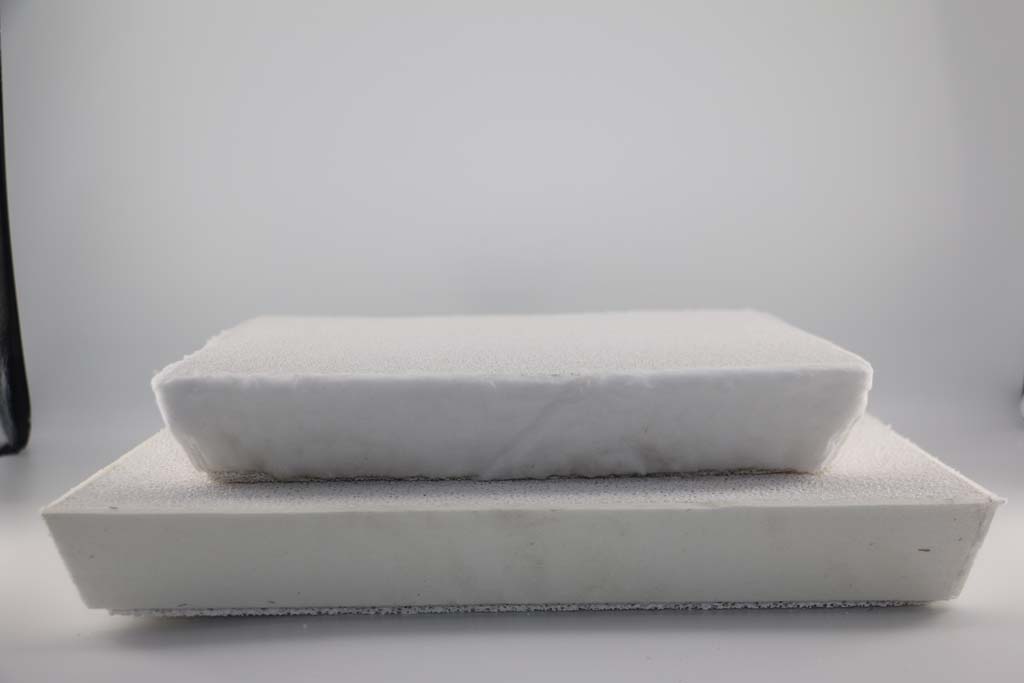
25 2月 Honeycomb Ceramic Filter Plate
Honeycomb Ceramic Filter Plate has an open-cell structure of molten ceramic foam, which is characterized in that multiple interconnected voids are surrounded by ceramic mesh.
Among them, the density of the ceramic foam material is less than 30% of the theoretical density of the membrane. Ceramic material. Same size.
Naturally, the ceramic foam can have any desired configuration based on the configuration required for a particular molten metal filtration process.
Among them, the density of the ceramic foam material is less than 30% of the theoretical density of the membrane. Ceramic material. Same size.
Naturally, the ceramic foam can have any desired configuration based on the configuration required for a particular molten metal filtration process.
In the melting, refining, and formation of metals, especially in the casting of molten metal, it is desirable to separate inclusions from the molten metal.
This inclusion of impurities results in the formation of raw materials for the melt from slag, scum and oxides and small fragments of refractory materials in the form of slag, scum and oxide on the surface of the slag.
A container used to form a chamber or container, in which a molten metal is formed.
If these inclusions are not removed from the molten state of the metal, it may result in a weakening of the points of the finally solidified metal body (the final product of the casting operation) and/or a decrease in porosity.
Part of the inclusions in aluminum alloy come directly from the charge, and most of them are formed during the melting and pouring process, mainly oxide inclusions.
All the inclusions before casting are called primary oxidation inclusions, which can be divided into two categories according to their size: one is the large inclusions with uneven distribution in the macrostructure, which makes the alloy structure discontinuous and reduces the compactness of the casting. It becomes the source of corrosion and the source of cracks, thereby significantly reducing the strength and plasticity of the alloy; the other type is small
Dispersed inclusions, this kind of inclusions cannot be completely removed after refining, which increases the viscosity of the metal melt and reduces the feeding ability of the molten aluminum during solidification.
The secondary oxidation inclusions are mainly formed during the pouring process. During the pouring, the aluminum liquid contacts the air, and the oxygen reacts with the aluminum to form oxide inclusions.
During the smelting process, the aluminum alloy contacts various components in the furnace gas to generate compounds such as AL2O3.
The Al2O3 in the molten aluminum will increase the hydrogen content of the molten aluminum alloy. Therefore, the content of the Al2O3 in the molten aluminum has a great influence on the formation of pores in the aluminum casting.

Honeycomb Ceramic Filter Plate is made of open-cell hydrophilic flexible foam material, which has a number of interconnected voids surrounded by meshes of flexible foam material.
Typical materials that can be used include polymer foams such as polyurethane foam and cellulose foam.
Generally, any combustible organic plastic foam that has elasticity and can restore its original shape can be used.
The foam must be burned or volatilized below the sintering temperature of the ceramic material used.
Likewise, 5 to 100 pores per inch foam should be used to provide the necessary filtering surface.
Of course, the size of the foam material can vary according to the final size required.


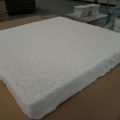
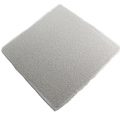

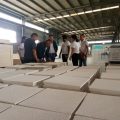
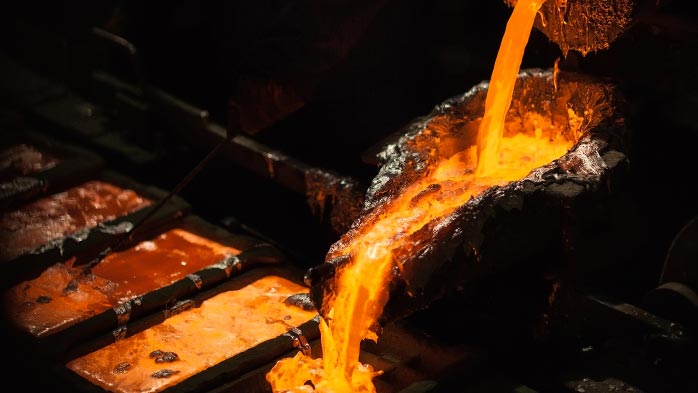
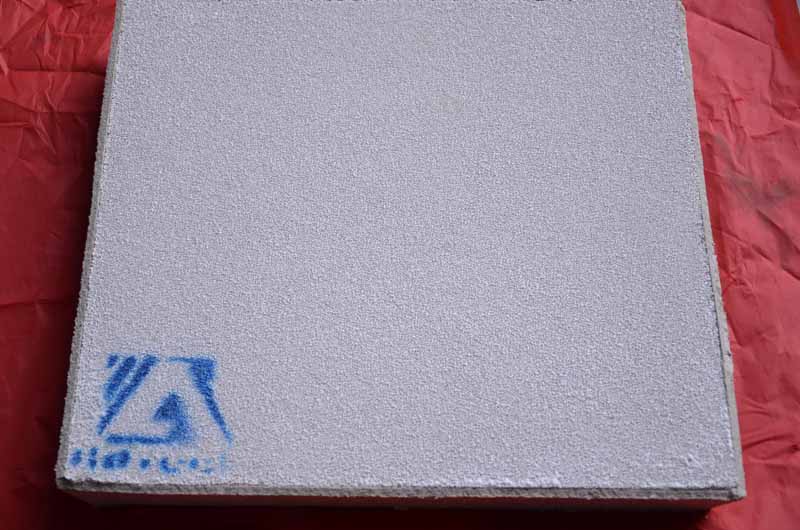
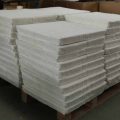
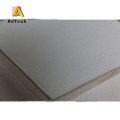
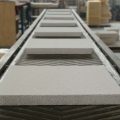
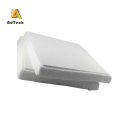
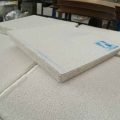
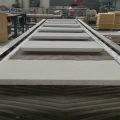
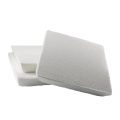
No Comments